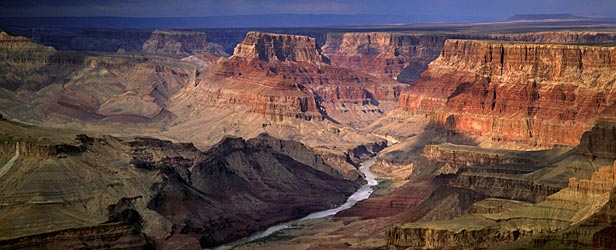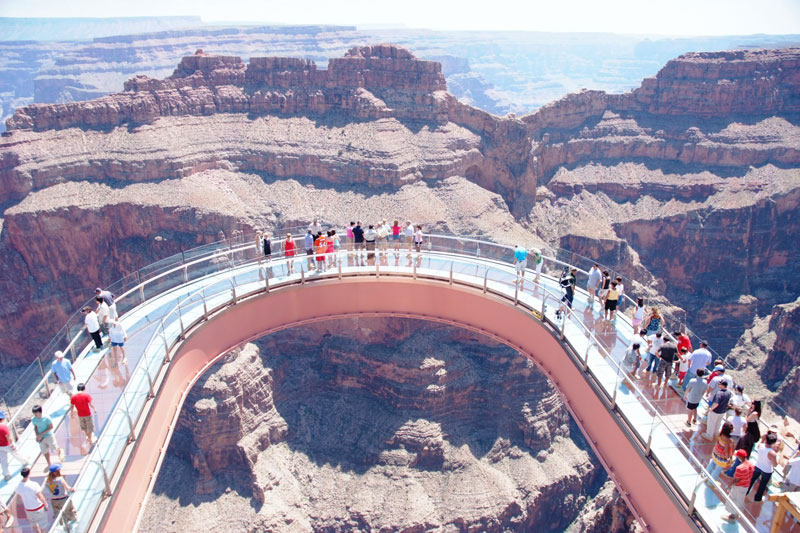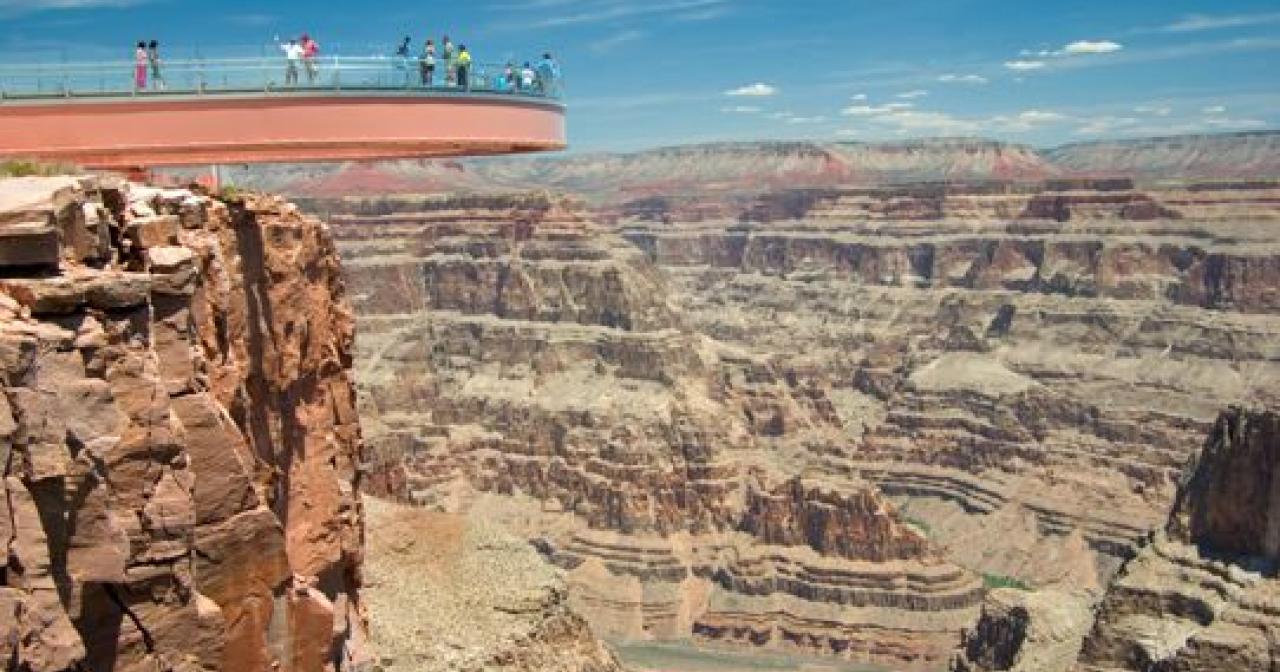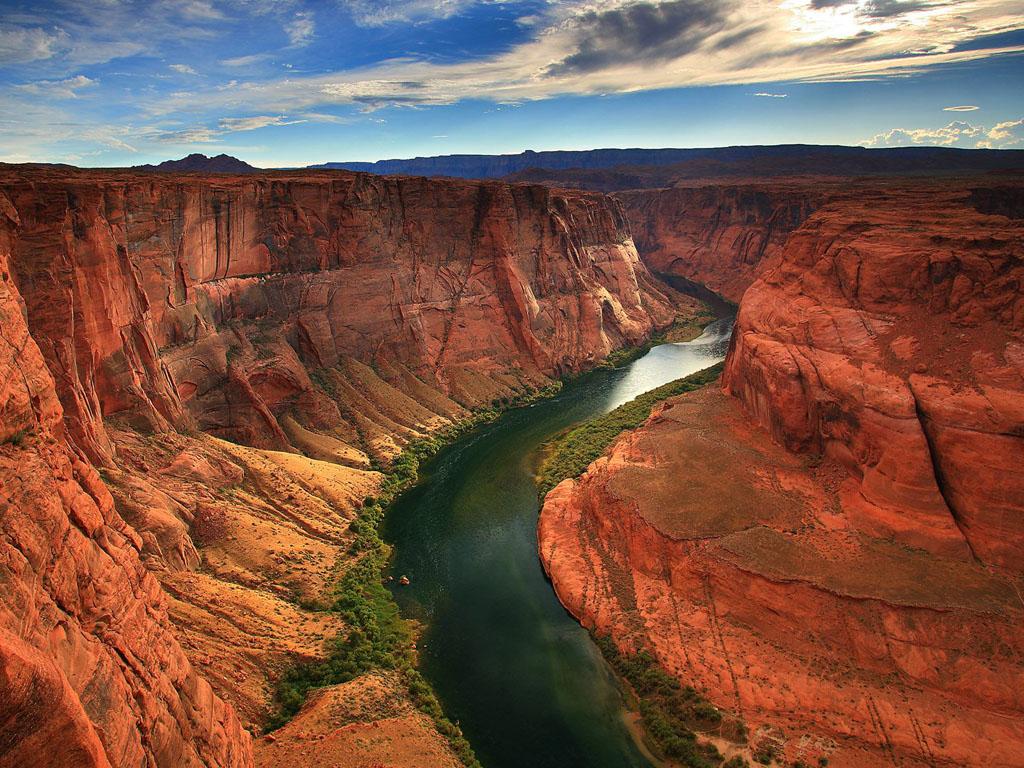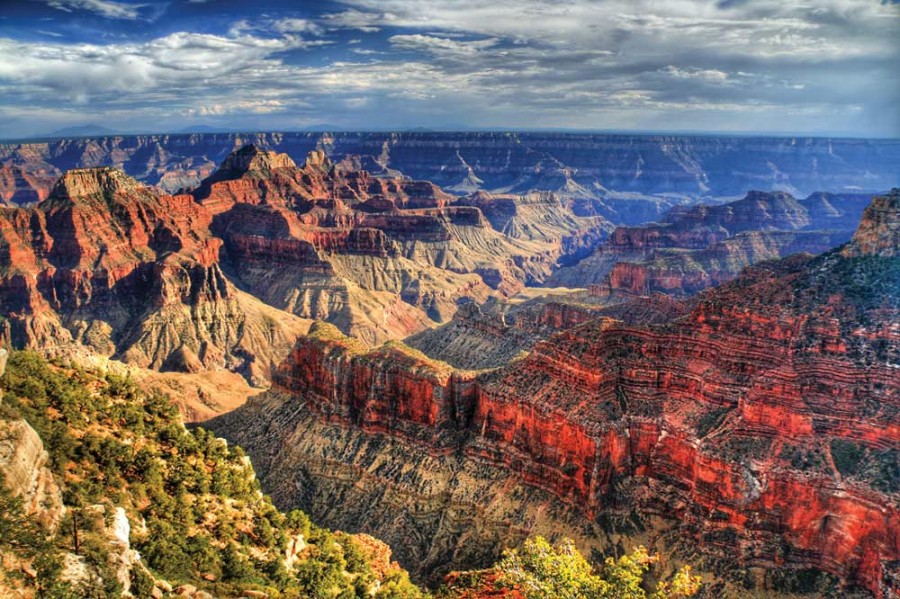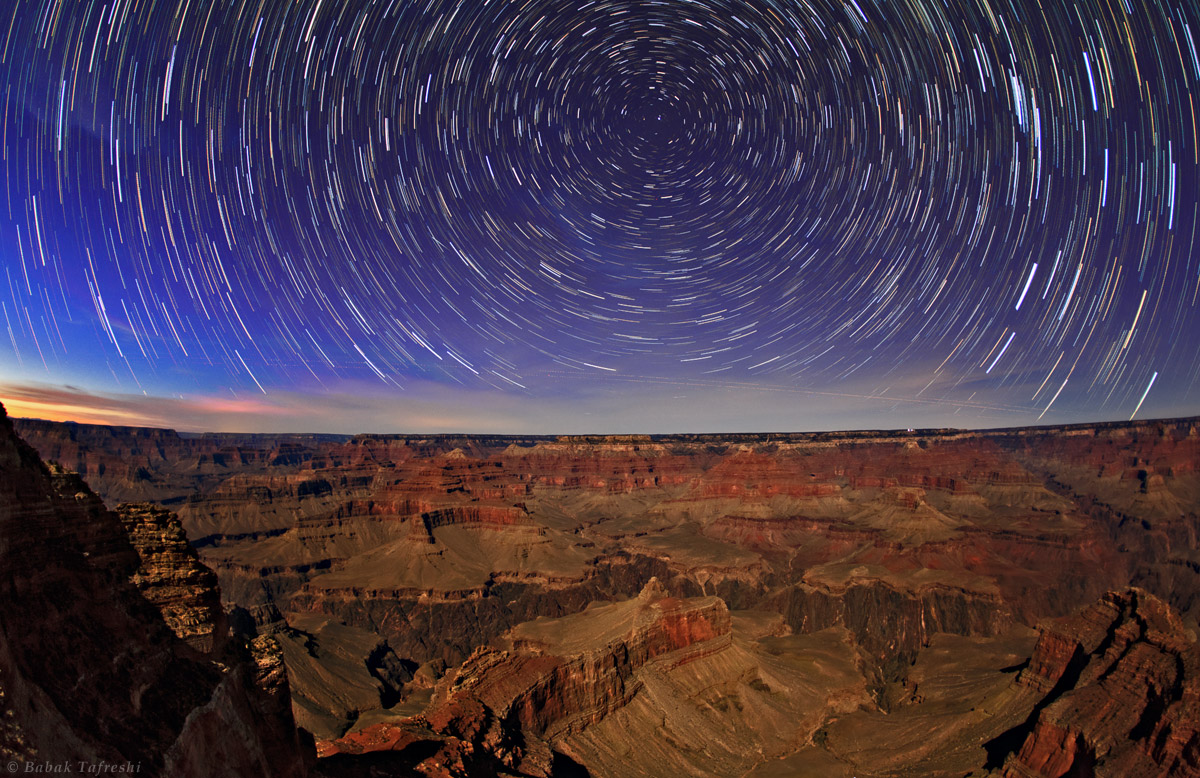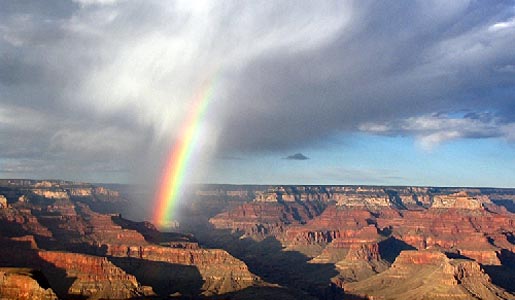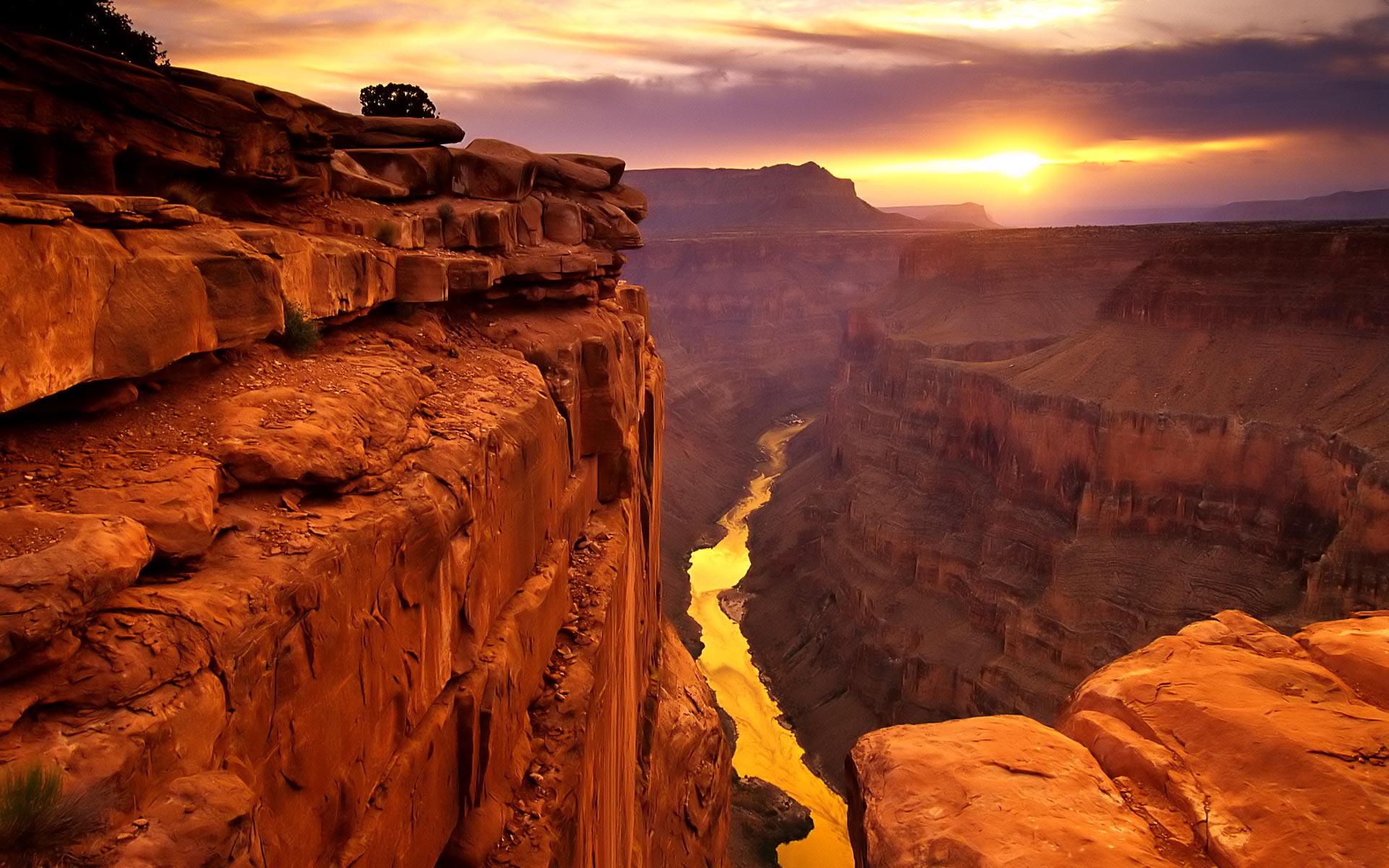Grand Canyon Facts
The Grand Canyon is located in the State of Arizona USA.
Many people consider it as one of the seven wonders of the natural world.
The Grand Canyon is 277 miles (446 kilometers) long.
At its widest points of the Grand Canyon is 18 miles (29 km) across.
At its narrowest point, it extends 4 miles (6.4 kilometers) across.
The Grand Canyon is around 6000 (1800 meters) feet deep.
The Colorado River through the Grand Canyon, it has eroded its steep sides millions of years.
The different types of visible rock in the Grand Canyon are an important site for geological research.
The rock is at the bottom of the Grand Canyon (shale) is about 2 billion years.
The rock is located on the top edge (limestone) is about 230 million years.
American Indians have lived in and around the canyon for thousands of years.
John Wesley Powell led the first expedition to the Grand Canyon in 1869. He was the first to use the name “Grand Canyon” after previous known as the “Big Canyon” or “Grand Canyon.”
The Grand Canyon became a national park in 1919.
It was the 17th national park to be created in the United States.
While the Grand Canyon is not the biggest, longest or deepest canyon in the world, it is an extremely popular tourist destination with nearly 5 million visitors enjoying the immense beauty every year.
And tourism, hiking and rafting are also popular in the region.
Overnight camping in the Grand Canyon needs a permit from the Office of the hinterland.
Over 270 miles long, up to 18 miles wide and a mile deep, the Grand Canyon is known worldwide for its huge size and its complex and colorful landscape. Located in northern Arizona, the majestic panorama is geologically important because the layers of old so beautifully preserved and exposed in the walls of the canyon rocks show a timeline of the history of the Earth. Many pueblo and cliff-dweller ruins and archaeological objects have been found in and around the Grand Canyon, the oldest of which are nearly 12,000 years and the date of the Paleo-Indian period, but there have been continuous use and occupation of the area since that time. Today, three-Navajo reservations, Havasupai and Hualapai-adjacent National Park Grand Canyon Indian. In the early 1800s, trappers and shipments sent by the U.S. government began to explore and map the Southwest, including the canyon. Although initially receive federal protection in 1893 as a forest reserve and later as a National Monument, Grand Canyon did not reach the national park status until 1919, three years after the creation of the National Park Service. Today, the Grand Canyon National Park has more than 1 million acres of land and receives about five million visitors each year.
Photos of Grand Canyon

